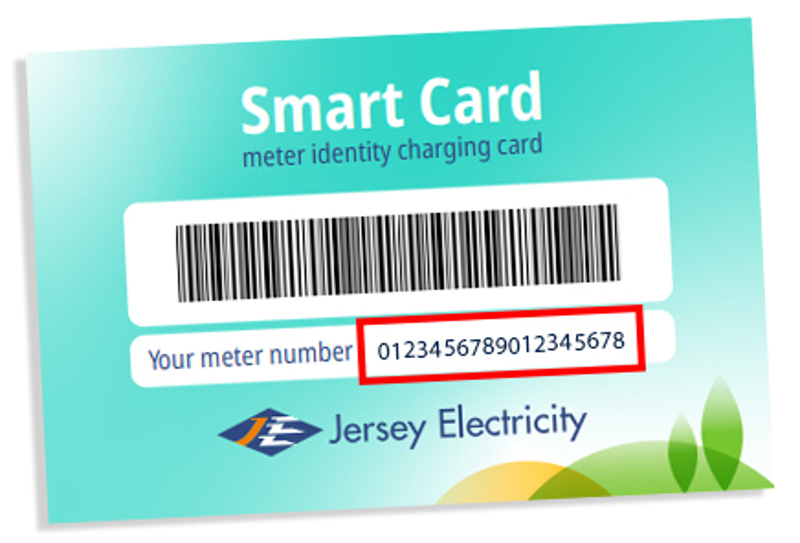The stats behind the network: a review of Jersey Electricity in numbers over the past 12 months
With the arrival of 2018, it is a good time to reflect upon another busy and rewarding 12 months for the team at Jersey Electricity.
A year of highlights
St Helier’s new £17m primary substation at Westmount Gardens continued to take shape in 2017, and the project now enters the final year of construction.
Twelve months ago the £30m Normandie 1 connection to France was switched on, which, along with the existing Normandie 2 and 3 supply cables provides us with up to 190MW of low carbon importation capacity - well in excess of the Island's highest peak demand of 178MW recorded on 1 March 2018 without taking account of on-Island generation backup.
Last year also saw La Collette Power Station enter its 51st year in service, having first generated power on 29 September 1966. Investment in the Power Station as an emergency backup generation facility continues to today and last year saw the addition of a £2m 5.5MW 'black start' Sulzer Diesel Generator to the existing fleet of four 11MW Sulzers.
A year in numbers
Alongside our commitment to supply secure, affordable and sustainable energy across the Island, this year our engineers have been out installing new cable infrastructure and carrying out substation refurbishment to maintain and upgrade the network.
This year continued to see a reduction in the carbon intensity of Jersey's electricity supply to just
35g CO2 e / kWh. This is 10 times cleaner than the UK's electricity system calculated at 352g CO2 e /kWh. In fact, the UK is aiming for 100g CO2 e /kWh but not until 2030.
Here is a brief review of Jersey Electricity's year by numbers:
Imported power

Overview
49,894 Customers supplied with electricity.
621 million units sold, of which 200 million units are from hydro-electric sources.

Carbon emissions
35g CO2 e/ KWh - one tenth of the UK's electricity supply

Security
Eight Customer Minutes Lost - 10 times more reliable than the UK (74 CMLs)
Infrastructure
This year we installed around 35km of new cable, six new substations and 660 new services.
We also refurbished 18 substations, and maintained 159 substations and 10km of overhead line.
Substations on the network now total 780.
Source: Infrastructure statistics gathered between 1 October 2016 to September 30 2017.







